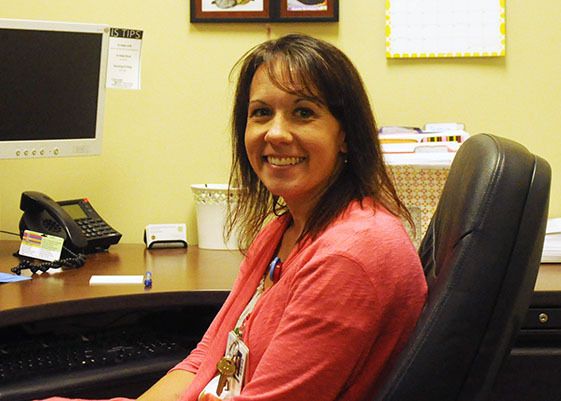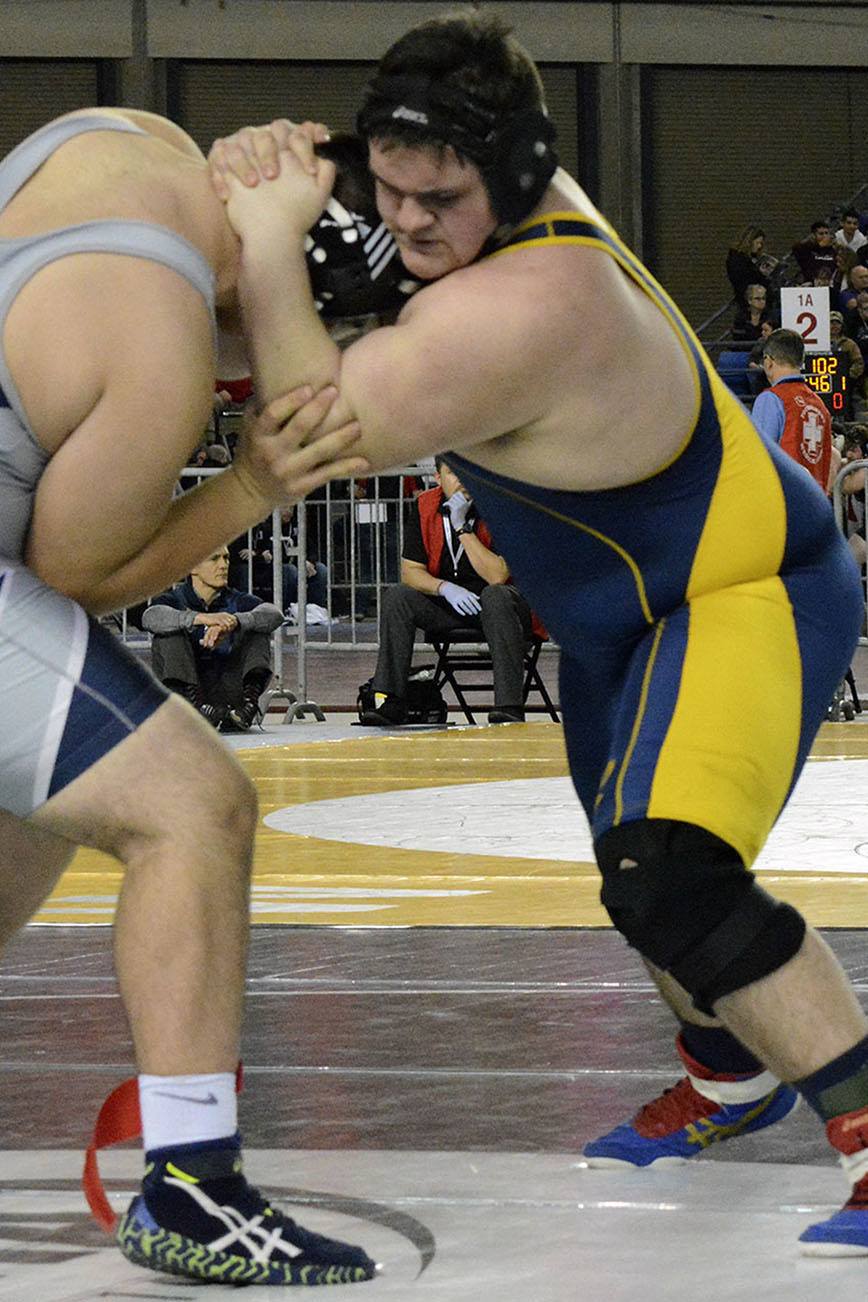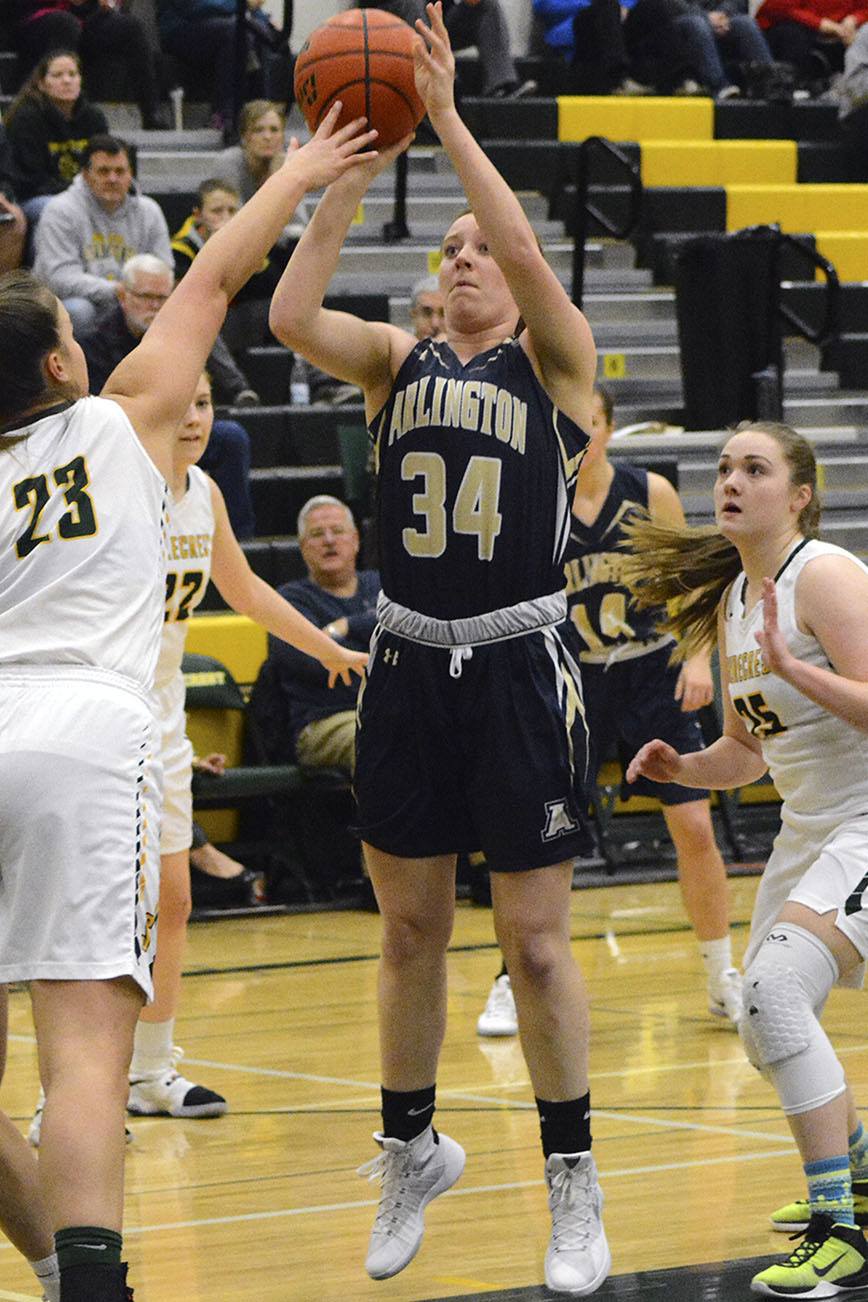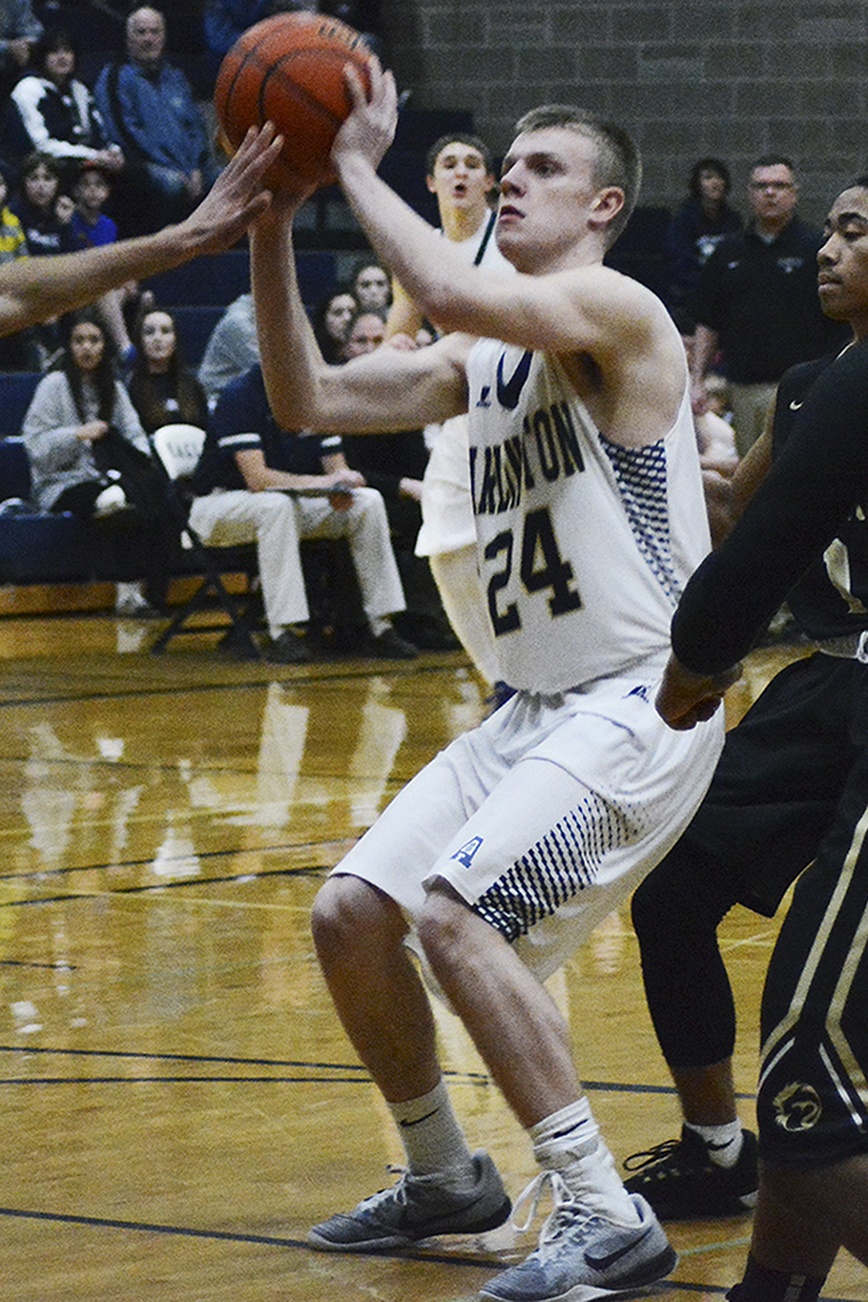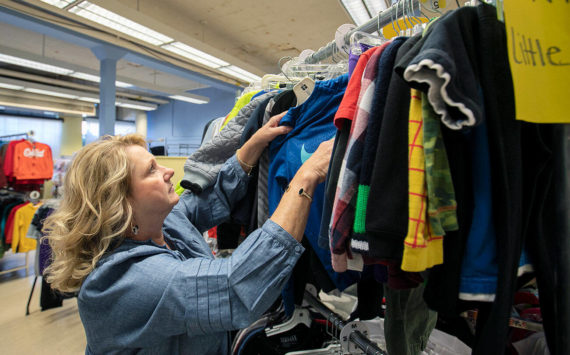ARLINGTON — The rise in substance abuse in young people is startling — particularly that kids as young as 12 are getting into it.
Since 2005, Arlington has seen a 25 percent increase in treatment admissions through 2012 among 18 to 30-year-olds, Rory Bolter of the Arlington Police Department said.
“Ultimately the people who are dealing the drugs don’t care what the kids’ age are,” Kelly Boardley of Cascade Valley Hospital said.
Kids are even finding ways to sneak things in electronic cigarettes.
“We don’t have a lot of research on those,” she said. “They’re legal in public but we never know what’s in there.”
But since the legalization of marijuana and its perceived social acceptance as a recreational drug, Boardley said there are better options.
“I don’t think it’s appropriate for teenagers,” she said.
It’s the initial high that could entice teens to try more potent or harmful drugs, Boardley said.
“I think that in your teen years, you’re going through too much,” Boardley said, mentioning that the teenage brain is still developing with rapid changes in chemicals and hormones.
Student athletes are also at risk. Addiction can come from pain killers athletes take.
Boardley wants teens to think about choices that will impact their future. One recreational use of drug at a party for example can lead to a life of addiction, she said.
“The biggest thing is to have them make healthy choices,” she said, like getting into activities such as sports or clubs.
One of the biggest myths is that drugs are an inner-city problem.
“It’s a big problem in the community as well, and it’s a magnitude of things,” she said, such as teenagers having the idea that they are invincible.
A reason for the spike in drug use is partially due to the change in the ingredients of Oxycontin. In 2010, Purdue Pharma changed its formula to make Oxycontin more difficult to smoke.
That resulted in about eight heroin-related deaths per 100,000 people by 2011.
But meth use also went up. Meth seizure by Arlington police reached an all-time high in 2014 of about 1302 milligrams. Now users are beginning to mix them, creating “speedballs” — a mixture that gives users a “kick” from the meth followed by relaxation caused by the heroin, Bolter said.
A trend in high school is buying over-the-counter medicine, or they go through parents’ medicine cabinets, then kids figure out you can smoke it, Bolter said.
Heroin and meth, like cocaine, are highly addictive, and often users are chasing that “dragon,” or the first high they felt.
But there are also new drugs rising in popularity, such as “spice” — a synthetic drug that has varying effects when smoked.
“It’s essentially a depressant, pretty sleepy or hard to arouse,” Boardley said.
Bolter urges parents to always know what their kids are doing, and who they are hanging out with. Bolter has recounted times when parents have called police to get help for their addicted children. But Bolter is also aware that kids may also have neglectful parents.
“That’s when teachers need to step in,” Bolter said. “They can help set them up in a church, boys and girls club, a sports team or anything that gives them responsibility.”
The aim isn’t to put kids in jail, but rather offer the user an incentive to quit, such as rehab or other resources.
But sometimes they don’t want the help, which is part of the problem. Addicts fear losing their addicted friends because that’s all they have, Bolter said.
“No one else wants to go around them, because they stink and have abscesses,” Bolter said.
“I just think the main take away is that they’re young, they are just starting their life. They have an open canvas and are able to paint the life they want,” Boardley said. “But a choice they make can dramatically change their life forever.”
